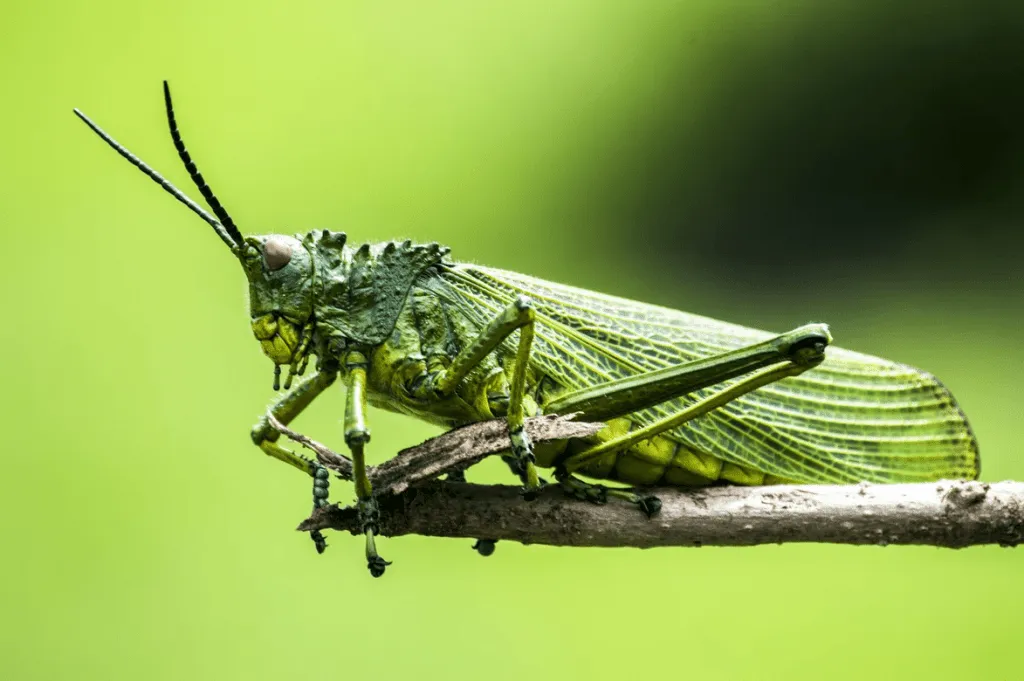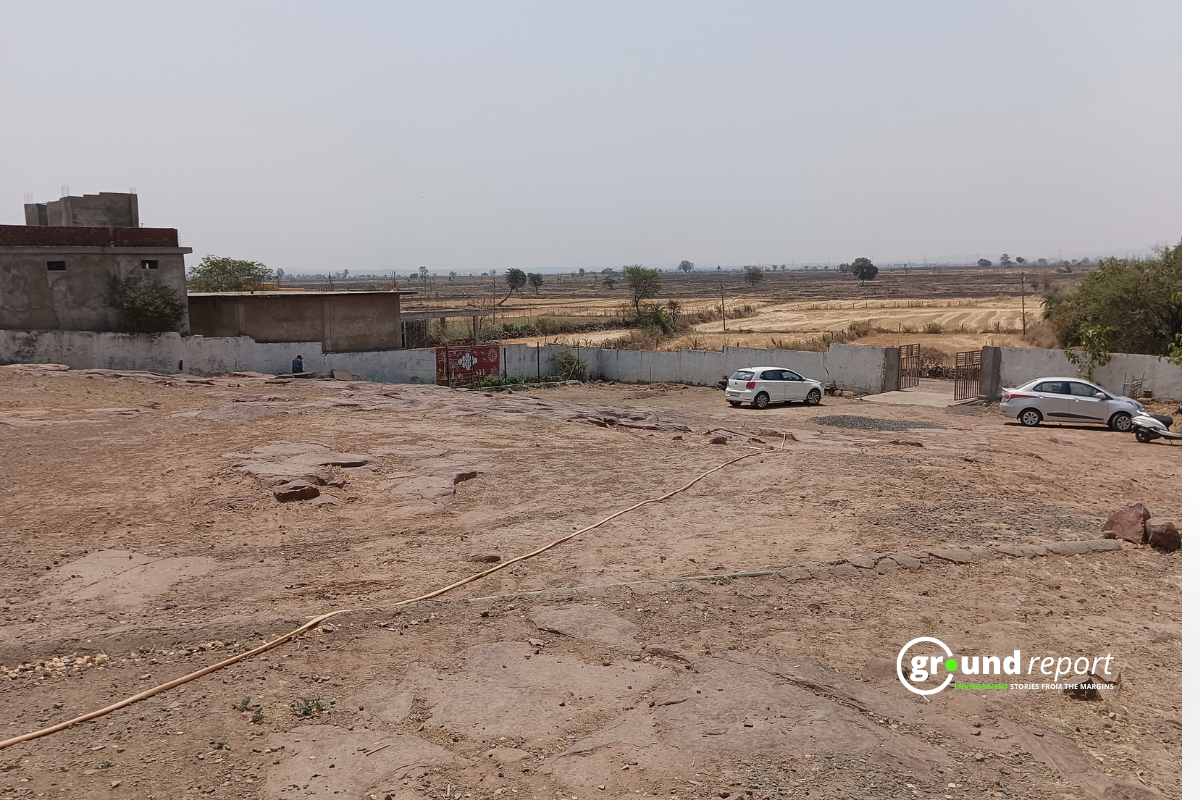Human activity is endangering the planet’s biodiversity. With the advancement of climate change, more and more species are seeing their total populations diminished and, as a consequence, are approaching extinction. Have you ever wondered what would happen if the insects disappeared? The consequences would be catastrophic and life could not continue as we know it on the planet.
Why are insects disappearing?
Climate change is causing the global disappearance of insects: in some agricultural areas, the number has dropped by up to 63%. The decrease has set off alarms among the scientific community, aware that the disappearance of these animals would be a fatal imbalance for the environment and, therefore, for the productive system.

According to a recent study by the Biodiversity and Environment Research Center at University College London, climate-stressed farmland has half as many insects and 25% fewer species than natural habitat areas. In this way, the main result of one of the largest evaluations of insect decline in the world reveals a truly worrying situation that calls for immediate action.
In Europe, the number of butterflies has plummeted between 30 and 50%
Insects are, without falling into exaggerations, fundamental. Located at a key link in the natural chain, they help keep pests in check and break down dead matter to release nutrients into the soil. It is not their only function: flying insects are also the main pollinators of many of the main food crops, a task that, if not covered, would put the world production system in check. It is a threat of the first order.
The studies speak for themselves, and they are the most endangered living beings on Earth, with a third of the species in danger of extinction. For years, different organizations have tried to determine the causes of this decline in the number of copies.
The World Organization for Animal Health (OIE), they assure that “the evolution of industrial agricultural practices has great consequences on the populations of bees and pollinating insects.” Most of the fruits and vegetables we eat, coffee or chocolate would not exist without insects.
At a general level, environmental pollution, soil nitrification, introduced or invasive species, as well as deforestation, droughts, climate change or large forest fires, are some of the many causes.
Without insects, agriculture would disappear
Approximately 80% of the plants we grow are pollinated by animals, mostly insects, although they also include others such as birds or lizards. Within insects, Hymenoptera such as bees and wasps do most of the work.
The lack of pollination would lead to the extinction of most herbaceous plants. Although trees and shrubs could last for years, the lack of fruits and insects would lead to the extinction of birds and other terrestrial vertebrates. Insects are also responsible for soil turnover, thus further accelerating plant collapse.

Most ferns and conifers are wind-pollinated, so they could survive, but the poor quality of the soil would kill them. Humans could continue to feed on wind-pollinated grains and marine animals, but these resources would not be enough for the entire population.
Professor Paul Ehrlich of Stanford University in the United States has seen first-hand how insects are dying out, thanks to his work with the Quino butterfly at the Standard Reserve in Jasper Ridge. He began studying them in 1960, but by 2000 they had all disappeared, mainly due to climate change.
Ehrlich praises the analysis: “It is extraordinary that they have analyzed all these studies and that they have done it so well.” He says that he was especially struck by the decline of aquatic insects. “However, they fail to mention that human overpopulation and overconsumption are contributing to insect loss, in addition to climate change,” he adds.
Sánchez-Bayo says that he recently experienced the loss of insects firsthand. During a family vacation, he drove 700 kilometres through rural Australia and never once had to clean his windscreen. “A few years ago, he had to do it constantly.”
Insects that are normally overlooked
To help fill this knowledge gap, our study has evaluated three-quarters of a million insect samples from around the world. Of the 6,000 sites included, nearly a third are in the tropics. Our samples of nearly 20,000 different species of insects include beetles, bees, wasps, ants, butterflies, moths, flies, bugs, dragonflies, and other lesser-known groups.
This has been possible thanks to the use of PREDICTS, a biodiversity database that brings together millions of samples collected by researchers around the world. PREDICTS records biodiversity in natural habitats and also in areas used by man for crops, among other purposes. It is one of the few global databases that allow the study of changes in biodiversity around the world.
Although our sample of 20,000 individuals represents only a fraction of the enormous diversity of insect species, it is still a sample from more sites than have been studied before. We were particularly interested in using it to understand how habitat loss and climate change combine to affect insect biodiversity and were able to include these interactions in our models for the first time.
These simultaneous conditions occur with greater intensity in the arable lands of tropical countries. And our results show that farmland in these regions has generally lost a large amount of insect biodiversity, relative to primary vegetation zones. This highlights that climate change can pose a major threat to food security, not only through its direct impact on crops but also through the loss of pollinators and other important insects.
As climate change accelerates, the ability to grow cocoa and other crops in their current geographic ranges become more uncertain, threatening local livelihoods and reducing the availability of these crops to consumers around the world.
Support us to keep independent environmental journalism alive in India.
Keep Reading
MP farmers battle stray animals, sleepless nights to protect crops
Indore’s Pipliyahana Lake struggles to survive, even after conservation measures
Costliest water from Narmada is putting financial burden on Indore
Changing weather pattern impacts soybean crops in Dewas region of MP
Follow Ground Report on X, Instagram and Facebook for environmental and underreported stories from the margins. Give us feedback on our email id greport2018@gmail.com.
Don’t forget to Subscribe to our weekly newsletter, Join our community on WhatsApp, Follow our Youtube Channel for video stories.









